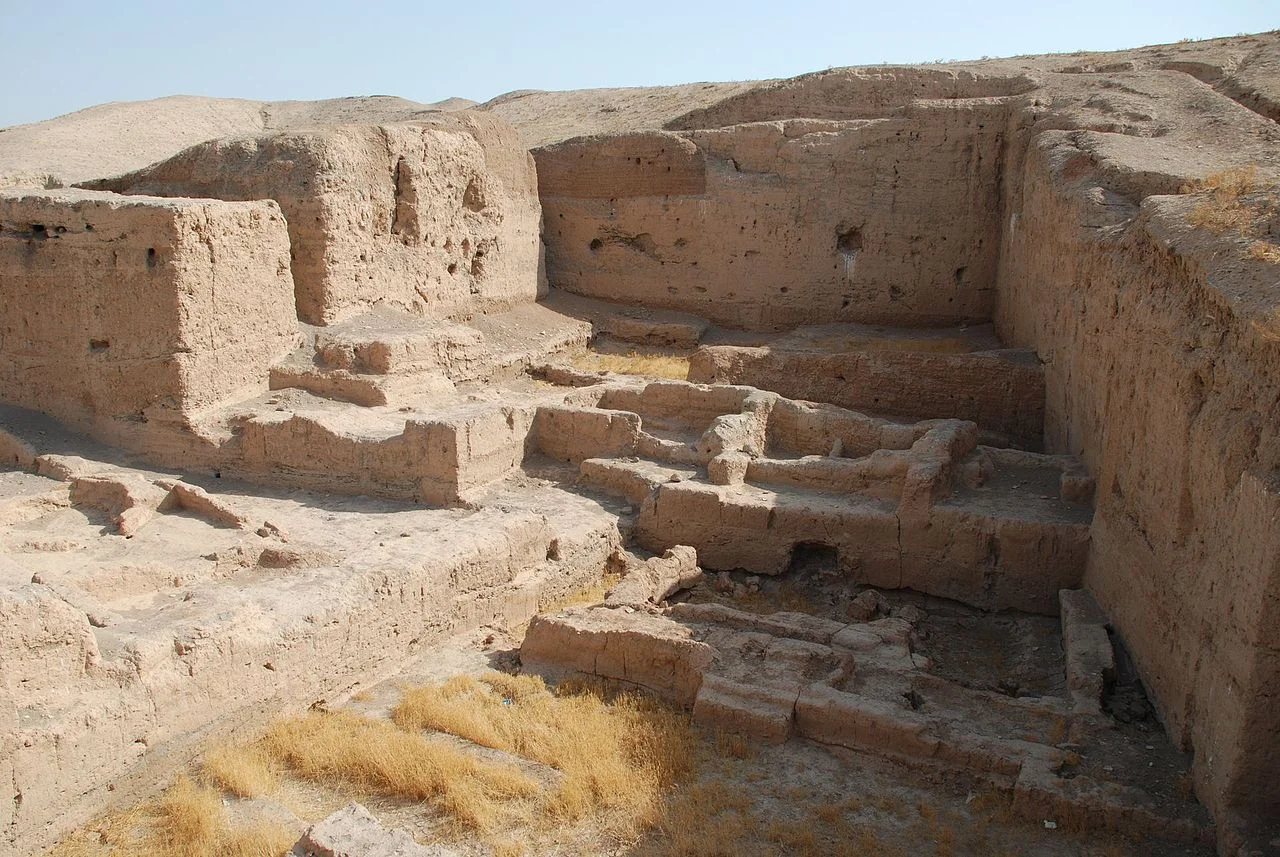What is the Architecture of Mesopotamia?
Spanning from the 10th millennium BC to the 6th century BC, the architecture of Mesopotamia encompasses several distinct cultures and primarily existed in the region of the Tigris-Euphrates river system (also known as Mesopotamia). The architectural styling consisted of Sumerian masonry which meant that the structures were typically mortarless and used rounded bricks for the design.
There are three main factors that contribute to the architectural styling of the period:
1) The Sociopolitical organization of the Sumerian city-states and of the kingdoms and empires that succeeded them.
2) The role of organized religion in Mesopotamian affairs of state.
3) Influences from the natural environment. The architecture of the period was predominately constructed of brick and occasionally stone by the Assyrians.
Below, we'll take a look at some of the distinctive architecture of Mesopotamia.
Chogha Zanbil Ziggurat
image © Wiki Commons
The Chogha Zanbil ziggurat was built around 1250 BC by the king of Elam, Untash-Napirisha. It is believed that it was built as a way to honour the Elamite god Inshushinak. It was destroyed by the Assyrian king Ashurbanipal in 640 BC, however, part of it was able to be excavated between 1951 and 1961 by Roman Ghirshman. Today the site is known as the first Iranian site to be inscribed on the UNESCO World Heritage List.
Lamassu
image © Flickr
Regarded as an assyrian protective deity, a lamassu takes the form of a human's head, a body of an ox or a lion, and bird's wings. The lamassu seen above if from Dur-Sharrukin and came from the Neo-Assyrian period dating between 721-705 BCE.
Ishtar Gate
image © Richard Mortel via Flickr
Constructed in about 575 BCE by the order of King Nebuchadnezzar II, the Ishtar Gate shown above was excavated in the early 20th century and is now on display in the Pergamon Museum, Berlin. Since excavation, it has undergone some reconstruction using the original bricks to maintain its form.
Ziggarut of Ur
image © Wikimedia Commons
The Ziggurat of Ur was named after Ur-Nammu and is located in the city of Ur near Nasiriyah which in present day is Dhi Qar Province, Iraq. In the 6th century BCE it was crumbled to ruins but was then restored by King Nabonidus. The structure was excavated in the 1920's and 1930's by Sir Leonard Woolley and in the 1980's it underwent reconstruction for its facade. Despite the rehabilitation of the structure, the neo-babylonian structure can still be seen.
The Royal Tomb of Ur
image © M.Lubinski via Wikimedia Commons
The 4,8000-year-old Sumerian burial site was discovered in 1922 by archaeologist Sir Leonard Woolley. Though the tomb demonstrates the architectural styling of the era, it ultimately reveals more about how the people of Sumer lived.
Tell Brak
image © Wiki Commons
An ancient city in Syria, Tell Brak was destroyed by Assyria in 1300 BC which caused it to lose its former importance and remain as a small settlement. Excavation for the site was started by Max Mallowan in 1937 but has since been halted due to the Syrian Civil War.
Sources: Boundless Cover photo © wikimedia commons












